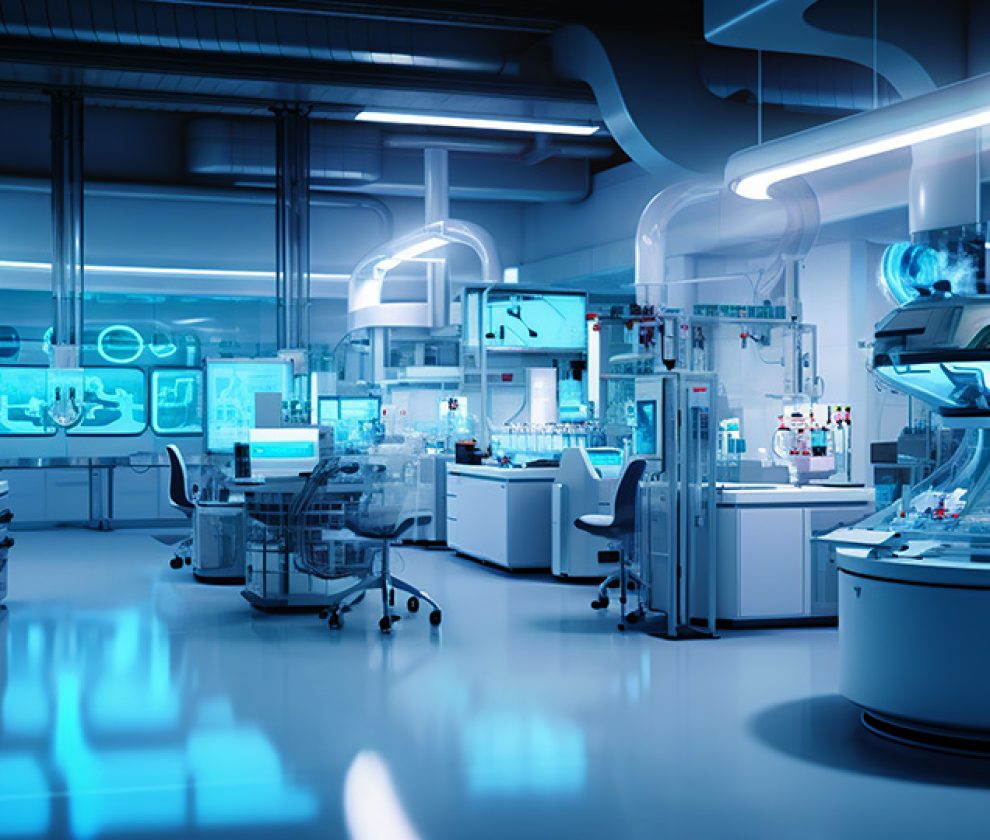In an era of growing environmental awareness, sustainable lab design has become not just a trend but a necessity. Laboratories, especially in industrial settings, can consume significant resources and generate substantial waste. we will explore eco-friendly practices for designing sustainable industrial labs that benefit both the environment and the bottom line.
Energy-Efficient Lighting and HVAC Systems
Implement energy-efficient lighting systems, such as LED lights, and ensure proper controls, including occupancy sensors. Additionally, opt for HVAC systems that are designed for energy efficiency and use advanced controls to optimize energy consumption based on lab needs.
Green Building Materials
Choose building materials and finishes that are environmentally friendly, low in volatile organic compounds (VOCs), and sourced sustainably. Look for certifications like LEED (Leadership in Energy and Environmental Design) to guide your choices.
Laboratory Equipment Selection
Options for energy-efficient laboratory equipment, such as fume hoods and autoclaves. Consider equipment with high-performance features that reduce water and energy consumption. Properly size equipment to match the intended workload to prevent energy waste.
Water Efficiency
Implement water-saving technologies, including low-flow faucets, fixtures, and water-efficient laboratory equipment. Capture and reuse water where possible, such as for cooling systems or irrigation.
Waste Management and Recycling
Develop a comprehensive waste management plan that includes recycling, composting, and hazardous waste disposal. Ensure proper labeling and training for lab personnel to minimize contamination of recycling streams.
Green Chemistry Practices
Embrace green chemistry principles that promote the use of safer, environmentally friendly chemicals and processes. Seek alternatives to hazardous substances whenever possible and minimize the use of toxic reagents.
Sustainable Lab Furniture
Choose lab furniture made from sustainable materials, such as FSC-certified wood or recycled materials. Opt for modular and adaptable furniture to reduce waste during renovations or reconfigurations.
Natural Ventilation and Daylighting
Design labs to take advantage of natural ventilation and daylighting whenever possible. This not only reduces energy consumption but also contributes to a more pleasant and productive work environment.
Green Roof and Landscape
Consider incorporating green roofs and landscaping with native plants. These features can help reduce the heat island effect, improve air quality, and provide habitat for local wildlife.
Renewable Energy Sources
Explore the possibility of integrating renewable energy sources, such as solar panels or wind turbines, into your lab’s energy mix. These sources can offset electricity consumption and reduce carbon emissions.
Environmental Certification
Seek environmental certifications for your sustainable lab design, such as LEED for Laboratories or BREEAM. These certifications provide recognition and validation of your lab’s commitment to sustainability.
Continuous Monitoring and Improvement
Implement a system for continuous monitoring of energy and resource consumption within the lab. Regularly analyze data to identify areas for improvement and implement efficiency measures accordingly.
By incorporating these eco-friendly practices into the design and operation of industrial labs, organizations can significantly reduce their environmental footprint, save on operational costs, and demonstrate a commitment to sustainability that aligns with societal and regulatory expectations for a greener future.



